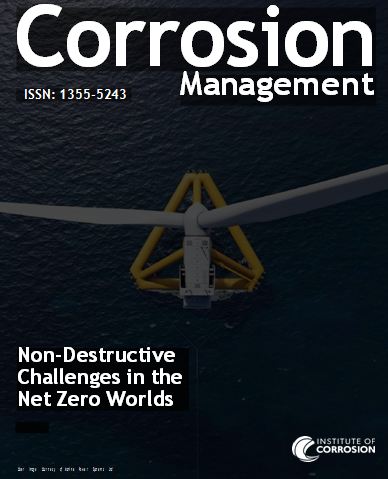Multi-Material Shield Design for Nuclear Reactors: A Study on Chemical Composition and Functionality
DOI:
https://doi.org/10.3390/yzc12m51Abstract
The safe and efficient operation of nuclear reactors heavily relies on robust radiation shielding systems. This research investigates the formation and performance of nuclear reactor shields with varying chemical compositions to understand their role in attenuating different types of ionizing radiation. By analysing the interaction mechanisms between radiation particles (particularly neutrons and gamma rays) and shielding materials, this study highlights the importance of material selection based on atomic number, density, neutron cross-section, and thermal stability. Through comparative evaluation of traditional materials like lead, concrete, and borated polyethylene, alongside advanced composites and nanomaterials, the research demonstrates how tailored chemical formulations can significantly enhance shielding efficiency in both conventional and next-generation reactors. The findings offer insight into optimizing reactor design, enhancing safety standards, and guiding material innovation in nuclear shielding applications.








